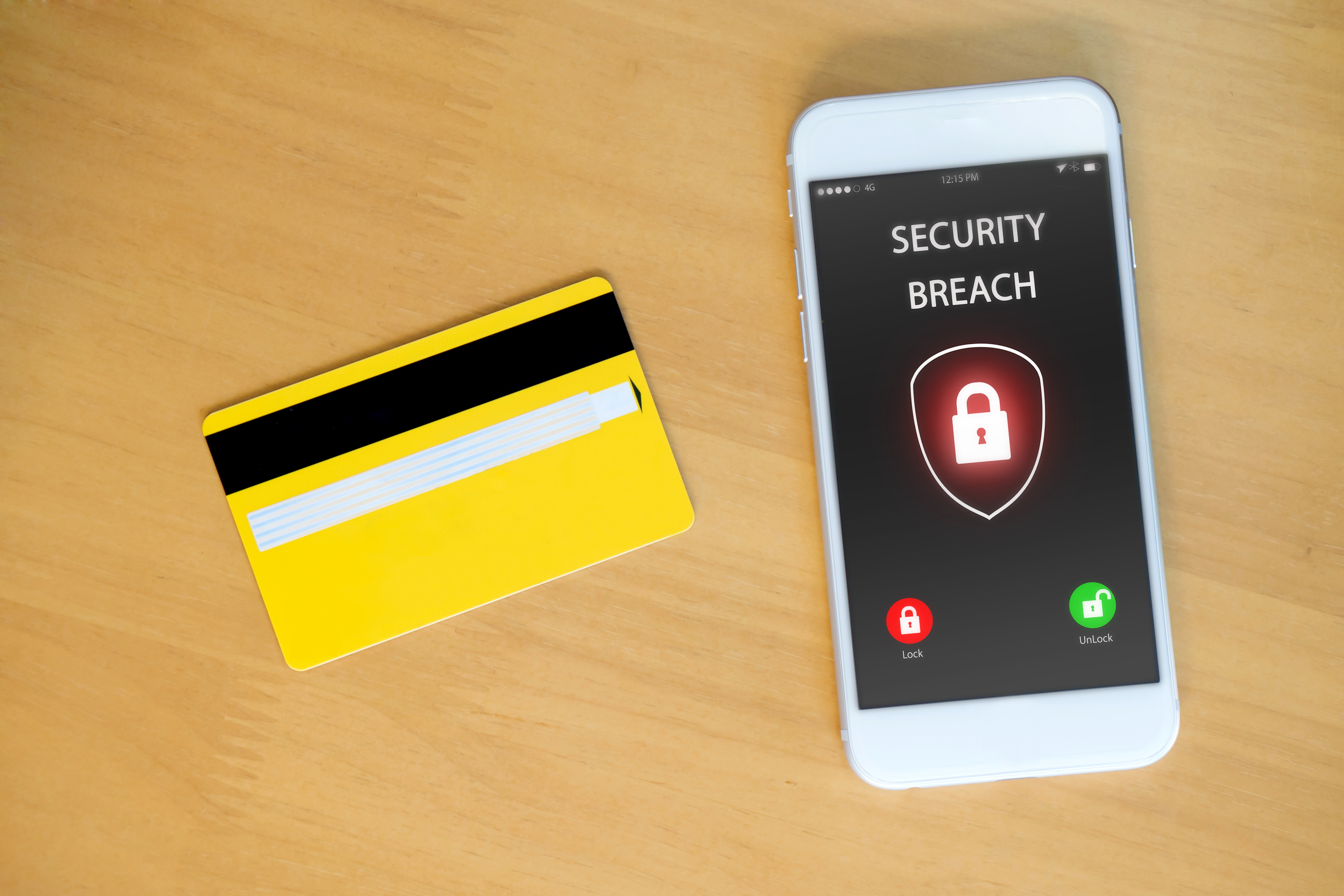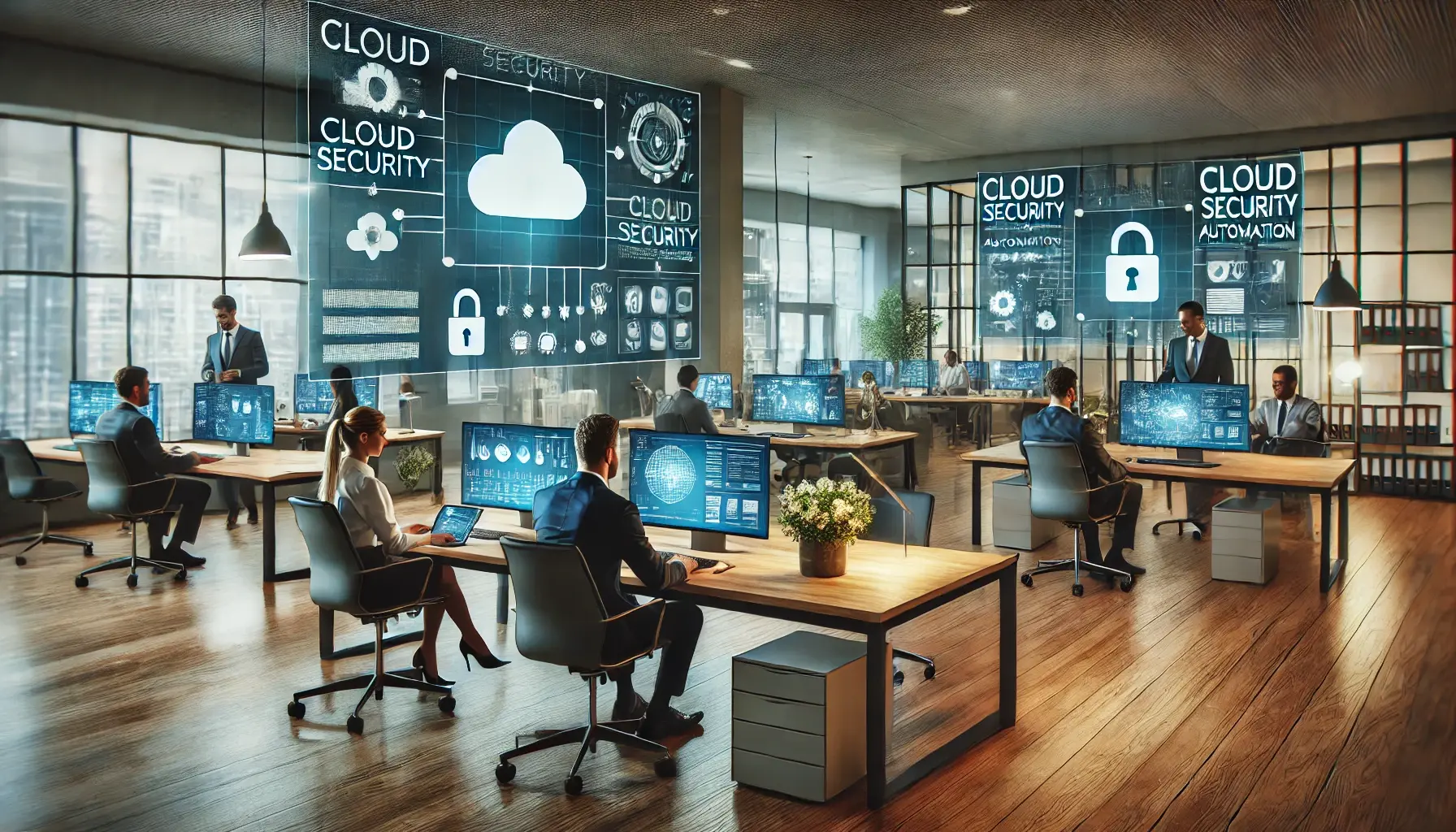In the digital age, where data breaches are more common than we'd like to admit, understanding the pillars of cybersecurity—authentication and authorization—has never been more critical. These are not just buzzwords but the foundation of securing online identities and resources. Whether you're a cybersecurity enthusiast, a budding IT professional, or just keen on safeguarding your online presence, this blog will navigate you through the intricacies of authentication and authorization
The Cornerstones of Cybersecurity
Authentication: Confirming Your Identity
Authentication is the process of verifying who you say you are. It's like showing your ID to enter a secure building. The mechanisms vary from simple passwords to more sophisticated methods:
- Knowledge-Based Authentication: This involves something you know, such as a password or answer to a security question. However, with rising cyber threats, relying solely on knowledge-based methods is becoming less secure.
- Biometric Authentication: Utilizing unique physical characteristics—fingerprints, facial recognition, iris scans—offers a more secure, even though more complex, layer of authentication. Companies like Apple and Samsung have mainstreamed biometrics for device security, merging convenience with enhanced security measures.
Authorization: Determining Access Levels
Once your identity is confirmed, authorization is the next step—deciding what resources you can access. It's similar to having the key to a specific set of doors in that secure building. Implementing vigorous authorization protocols ensures that users access only what they're supposed to, safeguarding sensitive information from unauthorized eyes.
Implementing Authentication Technologies
The evolution of authentication technologies reflects our growing need for security and convenience. Here's how modern authentication methods are shaping up:
- Multi-Factor Authentication (MFA): MFA requires users to provide two or more verification factors to gain access, significantly reducing the risk of unauthorized access. Google, for example, offers an MFA option for its accounts, combining something you know (password) with something you have (a phone to receive verification codes).
- Federated Authentication: This method allows users to access multiple systems or applications with one set of credentials, facilitated through trusted relationships between entities. Single Sign-On (SSO) solutions, utilized by corporations and educational institutions, are prime examples, enhancing user experience while maintaining security.
Banks and financial institutions are at the forefront of adopting cutting-edge authentication and authorization technologies to protect customer data. For instance, the use of biometric authentication in mobile banking apps has become increasingly common, providing a secure and user-friendly way to access financial services.
Also, the healthcare industry faces the dual challenge of ensuring data accessibility to authorized personnel while protecting patient confidentiality. Implementing robust authentication mechanisms, like smart cards and biometric verification, alongside strict authorization protocols, ensures that sensitive health information is securely managed.
Navigating the Future of Cybersecurity
As we delve deeper into the digital space, the importance of solid authentication and authorization practices only intensifies. Here are some takeaways:
- Adopt Multi-Layered Security Measures: Relying on a single authentication method is no longer viable. Embrace multi-factor and biometric authentication to bolster your cybersecurity posture.
- Stay Informed: The landscape of cybersecurity is ever-evolving. Keeping abreast of the latest trends and technologies is paramount.
- Education is Key: Consider enhancing your knowledge through cybersecurity courses or bootcamps. This not only fortifies your personal security strategy but also opens up avenues for professional growth in the IT and cybersecurity fields.
Embracing these principles can dramatically reduce your vulnerability to cyber threats, making your digital journey more secure and resilient.
Also Read: How to Secure and Streamline your Network
If you're interested in more job tips and ways to advance your career in the cybersecurity field, check out more details at ForceOne Cybersecurity. Together, we can build a safer digital future.

FAQs
- What's the difference between authentication and authorization?
Authentication verifies your identity, while authorization determines your access rights after you're authenticated.
- Why is biometric authentication considered more secure?
Because it uses unique physical characteristics that are harder to replicate or steal than traditional passwords.
- What is Multi-Factor Authentication (MFA)?
MFA enhances security by requiring two or more verification methods to gain access, such as a password and a biometric factor.
- Can I use the same authentication method for different services?
While possible, using diverse authentication methods across services is recommended for enhanced security.
- How can learning about authentication and authorization benefit me?
It can help protect your personal data online and open up career opportunities in the cybersecurity and IT fields.


 The Amazing Team at Force One
The Amazing Team at Force One



